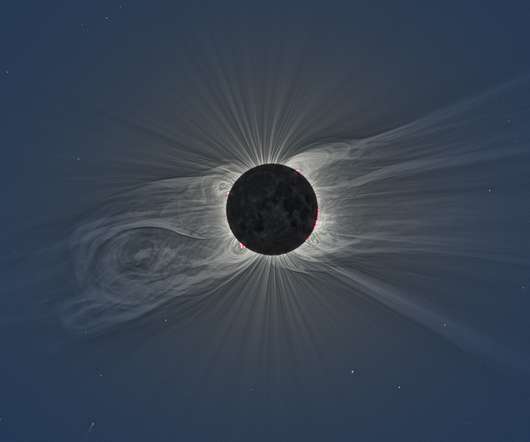With Climate Change, Nights Are Warming Faster than Days. Why?
Union of Concerned Scientists
JULY 12, 2022
That often brings to mind images of people trying to catch some shade under a baking hot sun or city kids cooling off in a fountain while their parents sweat on the sidelines. Global warming is causing there to be more cloud cover over land areas because a warmer atmosphere can essentially hold more moisture. What’s been observed.














Let's personalize your content